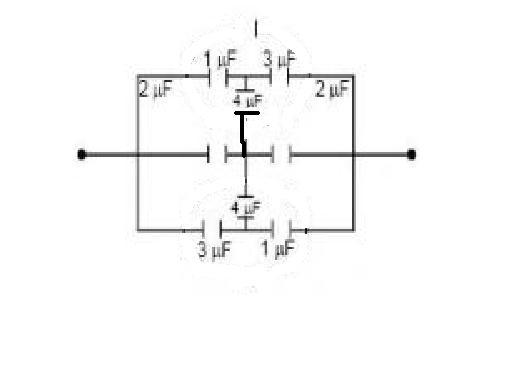 1
1i c the ssame symmetry akshay sees..so can u plz explain the methiod akshay???
 1
1A CLEAR COPY OF THE QUESTIONS FOR EUREKA
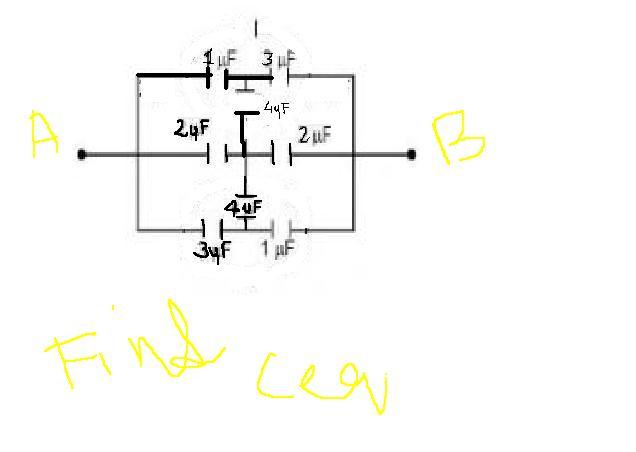
 1
1oh yes u r right...thnk u :)
 1357
1357are upar q1-q2 hai aur neeche bhi q1-q2 hai to beech waale kya kaam hai
To iska matlab hai ki upar waala q1-q2 hi seedha neeche aa raha hai
 1
1but wo beech wala kaise hataye??
 1357
1357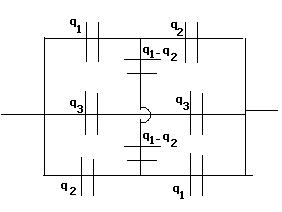
see the charge distribution which is according to symmetry
 1
1bhaiya apka explanation?????
 1357
1357By symmetry it reduces to
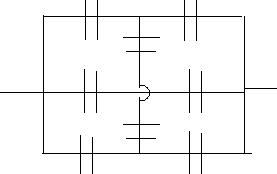
now take it from here
 24
24rohit plz post a clear question image...then i can try some new things with it
 1
1how?????using symmetry is to distribute charges symmetrically about the center of teh system????plz show
 62
62You can take charges.. but symmetry arguement will probably not work a lot
what you can do best using symmetry is to distribute charges symmetrically about the center of teh system
 24
24I dont hav HCV..and u havent posted the ques either...
so i cant give it a sincere try
her is the soln....(copy paste)
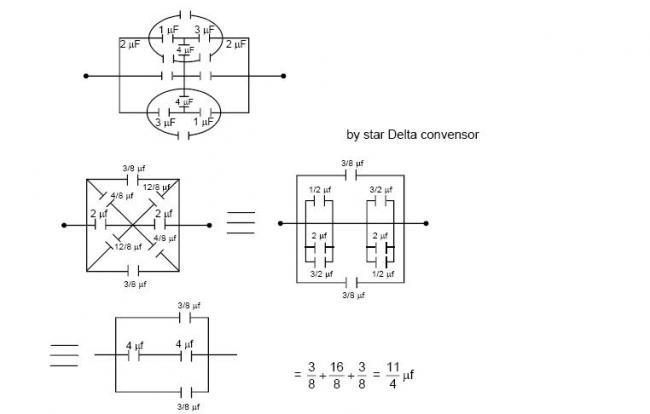
 1
1we can send the charges..then calculte.....CV=Q
 1
1symmetric circuits
apply image method
 1
1EUREKA KA POST KA 1 ST DIAGRAM....
 62
62Arrey question kahan hai?
 1
1c eureka..trhe above and lower part of the circuit are symmetric..
 1
1yaar...star delta i dont knw..plz solve by sum oder method...
the usm is the 1st diagram in eurekas post...
we have to find equivalent capacitence....without using star delta..plz




